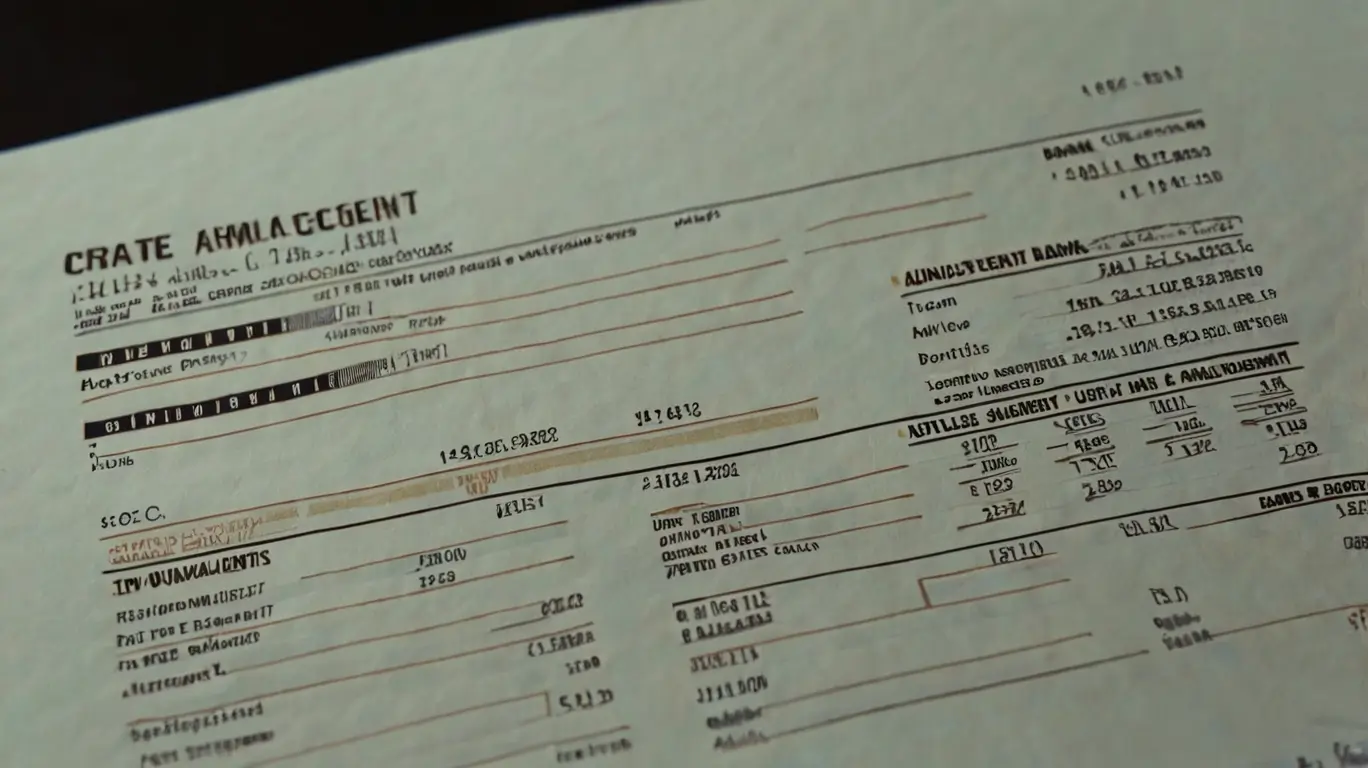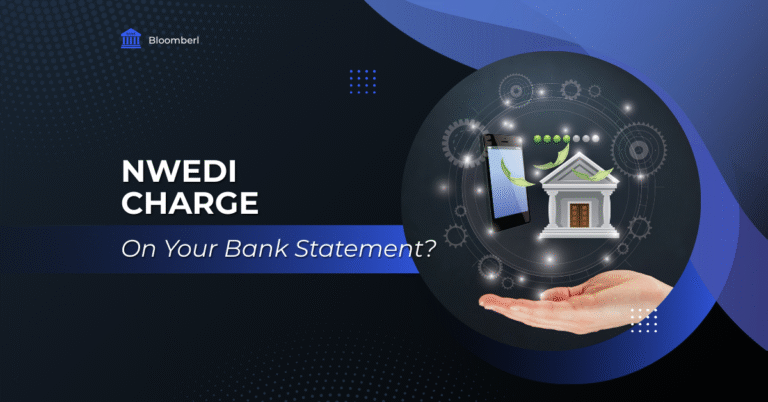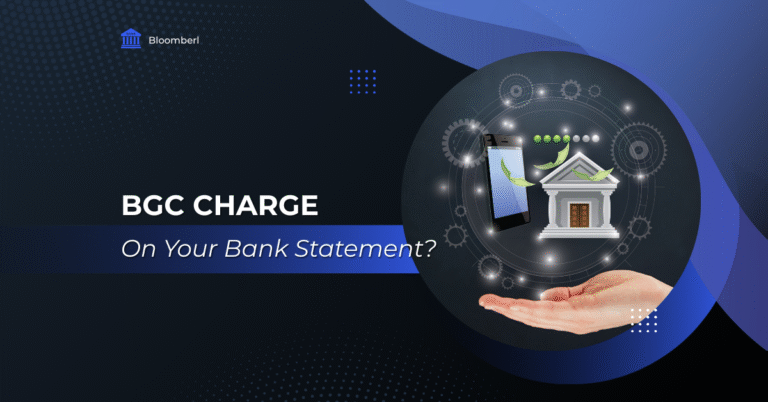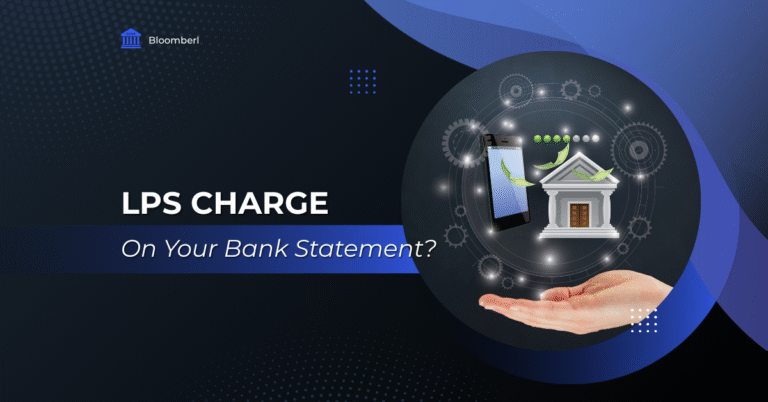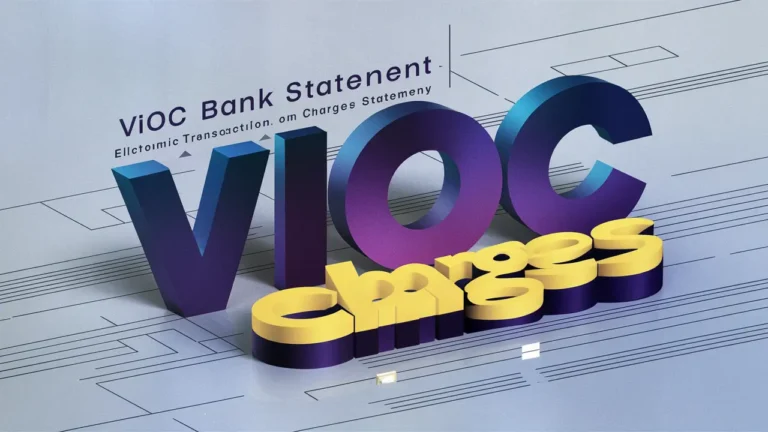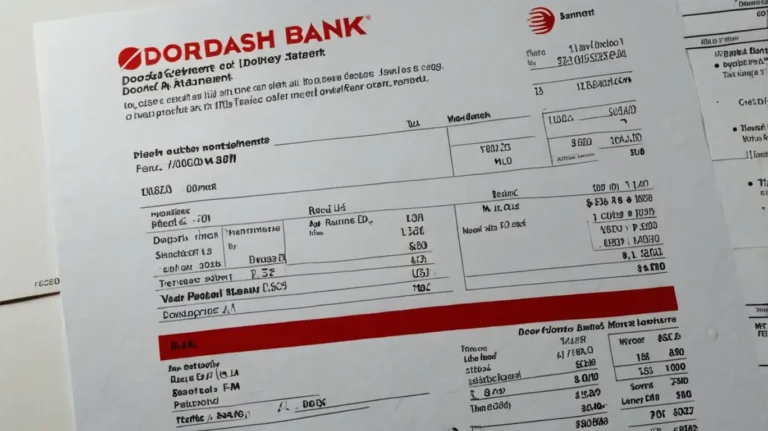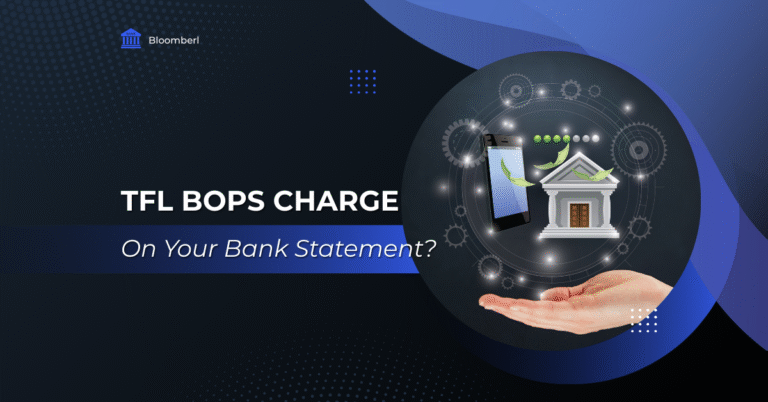What Is the MBI SETL Charge on Your Bank Statement?
Med-I-Bank (MBI) is a healthcare payment system designed to simplify transactions between patients, providers, and payers.
If you see a transaction labeled “MBI SETL” on your bank or credit card statement, it likely refers to a Med-I-Bank payment.
In this article, we’ll explain what Med-I-Bank is and what steps to take if you spot an Med-I-Bank SETL charge on your statement.
What Is Med-I-Bank and MBI SETL?
Med-I-Bank (MBI) is an electronic payment system created for the healthcare industry. It handles payments between insurance providers, healthcare providers, and patients.
When patients use the Med-I-Bank payment system, the label “MBI SETL” typically appears on their bank or credit card statements.
The Med-I-Bank payment system offers patients an electronic way to pay for healthcare services, including office visits, medical procedures, and prescriptions.
Instead of paying with cash, patients can use Med-I-Bank SETL to make payments through debit cards, credit cards, or bank transfers.
Learn more about what What Is the PAI ISO Charge on Your Bank Statement?
How Does MBI SETL Appear on a Bank Statement?
On your bank statement, Med-I-Bank SETL transactions will typically appear as “MBI SETL,” followed by the name of the healthcare provider or service paid for.
For example, if you used Med-I-Bank to pay for a service from ABC Healthcare, the transaction might show as “MBI SETL ABC Healthcare” or “Direct Withdrawal/Deposit Med-I-Bank SETL.”
Some healthcare providers may use different labels for their transactions, so it’s important to check your medical bills and receipts to confirm the source of the charge.
Med-I-Bank SETL charges or deposits can vary depending on the type of healthcare service and the provider.
To ensure accuracy, always verify the transaction amount against your medical bill or statement.
How to Prevent the MBI SETL Charge
To prevent Med-I-Bank SETL charges, it’s important to regularly review your healthcare bills and payments to catch any unauthorized transactions.
Here are a few steps you can take to avoid Med-I-Bank SETL charges on your bank statement:
Keep Track of your Medical Expenses
One of the best ways to prevent Med-I-Bank SETL charges is by keeping track of your medical expenses.
By regularly reviewing your medical bills and insurance statements, you can avoid overpaying, ensure you’re only paying for what you owe, and spot any unexpected or unauthorized charges.
Verify Payment Information
Before making payments with Med-I-Bank SETL, always verify your payment information to ensure all details are correct.
Double-check that the amount due matches your invoice. If you’re unsure or have any questions, don’t hesitate to contact your healthcare provider or insurance company for clarification.
Check your Bank Statements Regularly
It’s important to regularly review your bank statements to keep track of any charges.
By doing so, you can quickly spot any unusual or unauthorized transactions, including those related to MBI SETL payments.
Report any Suspicious Activities
If you notice any suspicious or unauthorized MBI SETL payments, report them immediately to both your bank and healthcare provider or insurance company. They will take the necessary steps to investigate and resolve the issue.
If you suspect identity theft or fraud, you can also contact the Federal Trade Commission (FTC) for further assistance.
Understanding the MBI SETL Bank Charge
In conclusion, Med-I-Bank SETL charges or deposits on your bank statement typically represent a healthcare payment made through the Med-I-Bank system.
These transactions usually appear as “MBI SETL,” followed by the name of the healthcare provider or service.
